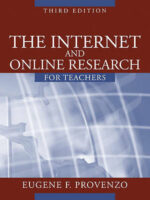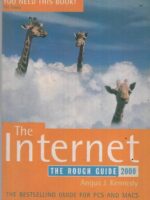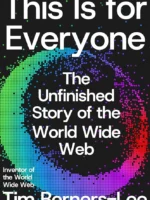The Oxford Handbook of Political Networks Review
The Oxford Handbook of Political Networks, edited by Jennifer Nicoll Victor, Alexander H. Montgomery, and Mark Lubell, is a field map: concepts, methods, and cases that show how connections drive politics. It treats ties as data and power as structure. For you, this book is a toolbox and a reality check: theory meets measurement, and elegant models meet messy institutions.
Overview
The handbook is organized around three ideas: why networks matter in politics, how to measure and model them, and where to apply them. Chapters move from foundations to techniques to real policy arenas: legislatures, parties, interest groups, international relations, public administration, and civic tech. You get vocabulary, notation, and practice in one place.
Summary
Early chapters set the ground: nodes, ties, multiplexity, homophily, brokerage, diffusion. The methods core covers data collection (surveys, archives, APIs), data cleaning, and models: ERGMs for structure, SAOM for change over time, blockmodels for communities, and diffusion models for policy spread. Later sections turn to applications: lobbying coalitions, roll call alliances, committee networks, protest coordination, epistemic communities, and state to state dependencies. The constant theme is inference with constraints: what you can claim from relational data and what you cannot.
Authors
Victor, Montgomery, and Lubell curate with range and discipline. The contributors include method builders and domain experts. The tone stays practical: equations are paired with examples, and caveats are explicit. You benefit from editors who care about both rigor and use.
Key Themes
Structure as explanation: who connects to whom shapes outcomes. Measurement as design choice: survey name generators, bipartite projections, and missing data handling change your story. Causality under pressure: networks violate independence, so research designs must adapt. Scale matters: micro ties aggregate into macro patterns that guide policy and norm change.
Strengths and Weaknesses
Strengths: breadth, method depth, and clear links between models and policy cases. The handbook shows how to move from graph pictures to estimable claims. Weaknesses: some chapters assume statistics fluency, and replication details vary by contributor. Still, you get a strong baseline for both teaching and research.
Target Audience
Best for researchers, analysts, and advanced students who work with political data, and for practitioners who commission or consume network studies. If you build datasets, test interventions, or brief decision makers, you will use these chapters.
Favorite Ideas
Small world shortcuts in legislatures; coalition brokerage in lobbying; multiplex ties that blend money, information, and ideology; policy diffusion that follows both geography and shared institutions.
Takeaways
The main takeaway: political facts are relational. Map ties first, model second, and interpret with design limits in mind. Build a clean edge list, choose a model that matches your mechanism, and check identification before storytelling. The handbook reads like a lab manual for doing politics as networks, with ambition and restraint in balance.






